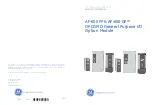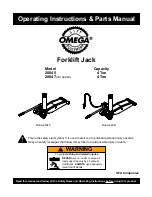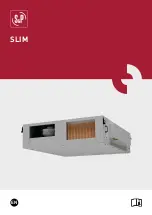
Subfloor preparation - technical notes
To fully utilize the long-term durability of ceramic tiling, whether heated or not, it is important that
the design, construction and preparation of the subfloor is carried out correctly.
It is essential that the sub-floor be sufficiently rigid to support the ultimate weight that it will have
to bear without movement or deflection.
The choice of products for subfloor preparation and tile will vary depending on the existing
subfloor, preferred tiling system and choice of tile. This document is only intended to be an outline
guide to laying ceramic floor tiles. Further help regarding floor preparation and tile application is
available from the tile adhesive manufacturers and/or the Tile Council of America (TCA) Tel: 864-
646-8453, website: www.tileusa.com. Alternatively, you may wish to seek professional advice e.g.
an architect/contractor.
Subfloor Preparation
Prior to installation, it is important that the subfloor is properly prepared as per Tile Council of
America Guidelines.
WOOD SUBFLOOR: Boards need to be of suitable material or requires backer board. Chipboard and
O.S.B. boards (flake boards) are not suitable bases for ceramic floor tiling.
SUBFLOOR PREVIOUSLY COVERED IN LINOLEUM, CORK OR CARPETING: All old flooring and
adhesive must be removed. If bitumen is present as adhesive residues it must be removed. If the
bitumen is a damp proofing membrane or isolation membrane it must be covered with a minimum
2” of sand/cement self leveler, taking care not to puncture the bitumen coating. If using other
damp proofing or tanking systems, contact the manufacturer for advice.
We strongly recommend installing tile and stone flooring according to manufacturer’s recommendations, TCA
guidelines and ANSI specifications.
Special Precautions
MOSAIC TILE AND PORCELAIN: When installing mosaic tile and CERTAIN PORCELAIN, we
recommend a two-step process. Cover the heating cable with latex self-leveling compound before
tiling to ensure a flat, smooth surface, then thin set the mosaic according to typical practice.
EXPANSION JOINTS: Do not install the heating cable through an expansion joint. Install the heating
cable right up to the joint, if necessary, but do not bridge the joint.
INSULATION: Do not install rigid insulation directly above or below backer board or mortar.
If possible, install insulation as shown in diagrams.
Insulation dramatically enhances the performance and efficiency of floor warming systems.
12












































